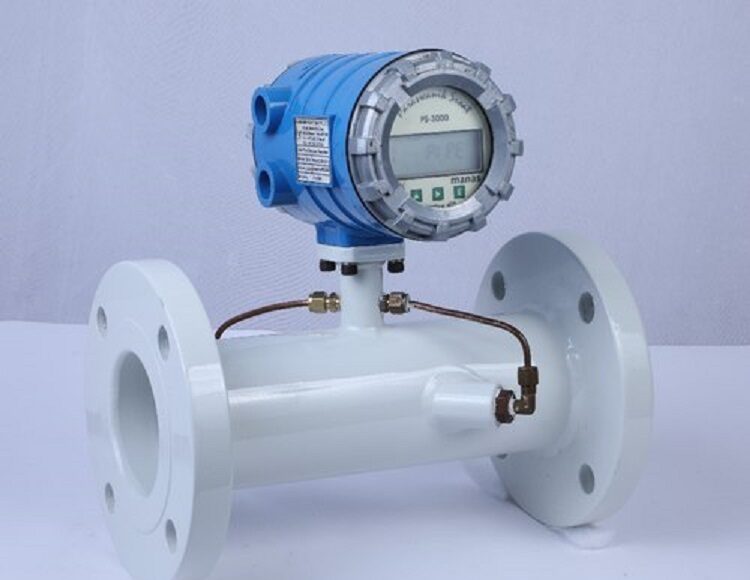An ultrasonic flow meter uses a high frequency sound source, such as a piezoelectric transducer or magnetostriction device to produce sound waves based on the flow velocity of the fluid. The ultrasonic flow meter has many advantages compared with other measuring devices. It is unaffected by process temperature, pressure, and density; and it has no moving parts to wear out or break.
Tunable ultrasonic flow meters are used for applications where it is necessary to accurately measure the rate of change in a process. In these applications, the frequency of the signal is varied to match the acoustic impedance of the liquid at different flow rates. A special sensor picks up this signal, calculates its frequency, and displays it as a function of flowrate. This allows readings to be made at all known flowrates without recalibration or zero-balance.
An ultrasonic flow meter is a device that allows you to measure the flow rate of a fluid flowing in a pipe by using high frequency sound. The ultrasonic flow meter is used in many industries including pharmaceutical, water, oil and gas as well as other industrial processes. It can also be used for non-industrial purposes such as measuring the flow of water in a swimming pool or river.
Turbine meters are another type of ultrasonic flow meter that utilizes turbines to deliver the high-frequency sound. These meters are used for extremely accurate measurements such as those required for the food industry. The fact that these meters do not require contact with the fluid being measured makes them ideal for use where hygiene is important. Ultrasonic flow meters are immune to fluctuations in temperature and pressure so they are often used in high-pressure applications like steam generation and superheated boilers.
The main advantage of using ultrasonic flow meters over other types of flow measurement equipment is that they are highly accurate and can be installed without having to interrupt the flow of liquid or gas. This makes them ideal for continuous monitoring situations.
The benefits of ultrasonic flow meters include the following:
Low Cost – They are generally less expensive than other types of flow meters, such as positive displacement and magnetic flow meters.
Turbulent Flow – With its ultrasonic sensor, ultrasonic flow meters are designed to measure difficult to measure turbulent flows.
No Moving Parts – Unlike positive displacement flow meters, there are no moving parts in an ultrasonic sensor. The meter operates with a single transducer which helps the meter last longer than other types of flowmeters.
No Calibration Required – The meter can be used right out of the box. There is no calibration or training required for the user to make measurements. Accuracy – Ultrasonic flowmeters have been proven to be very accurate. They offer fast and reliable results that require minimal maintenance.
Versatility – Most ultrasonic flowmeters can be installed in a wide variety of applications including liquids, gases and steam. These devices are small and lightweight and can easily fit into any place where fluid measurement is needed.
Long-Lasting – Ultrasonic flowmeters do not have any moving parts, so they last for a long time without requiring much maintenance or repairs. Their sensors can also tolerate harsh conditions









